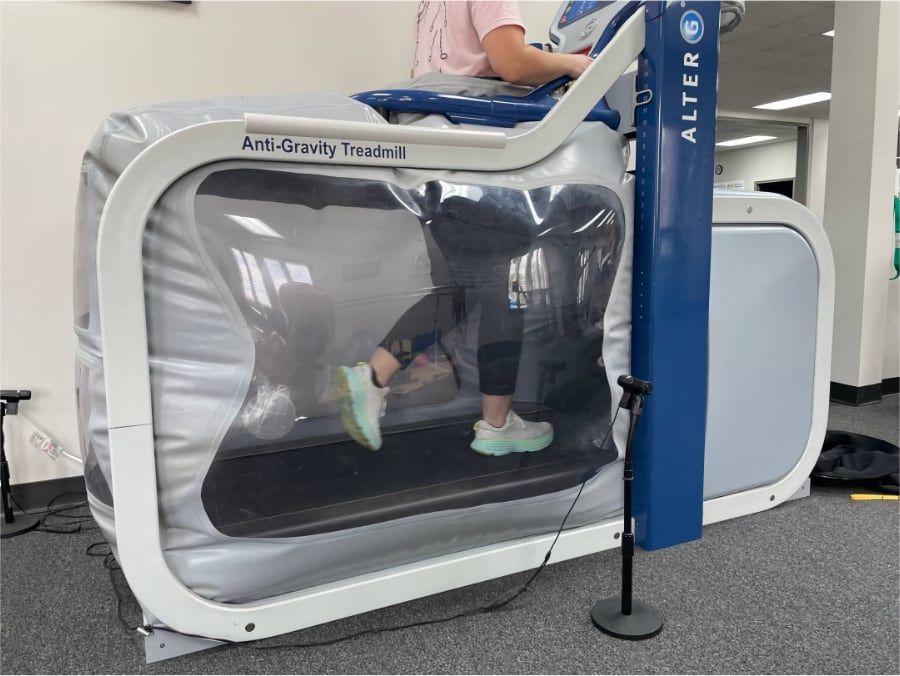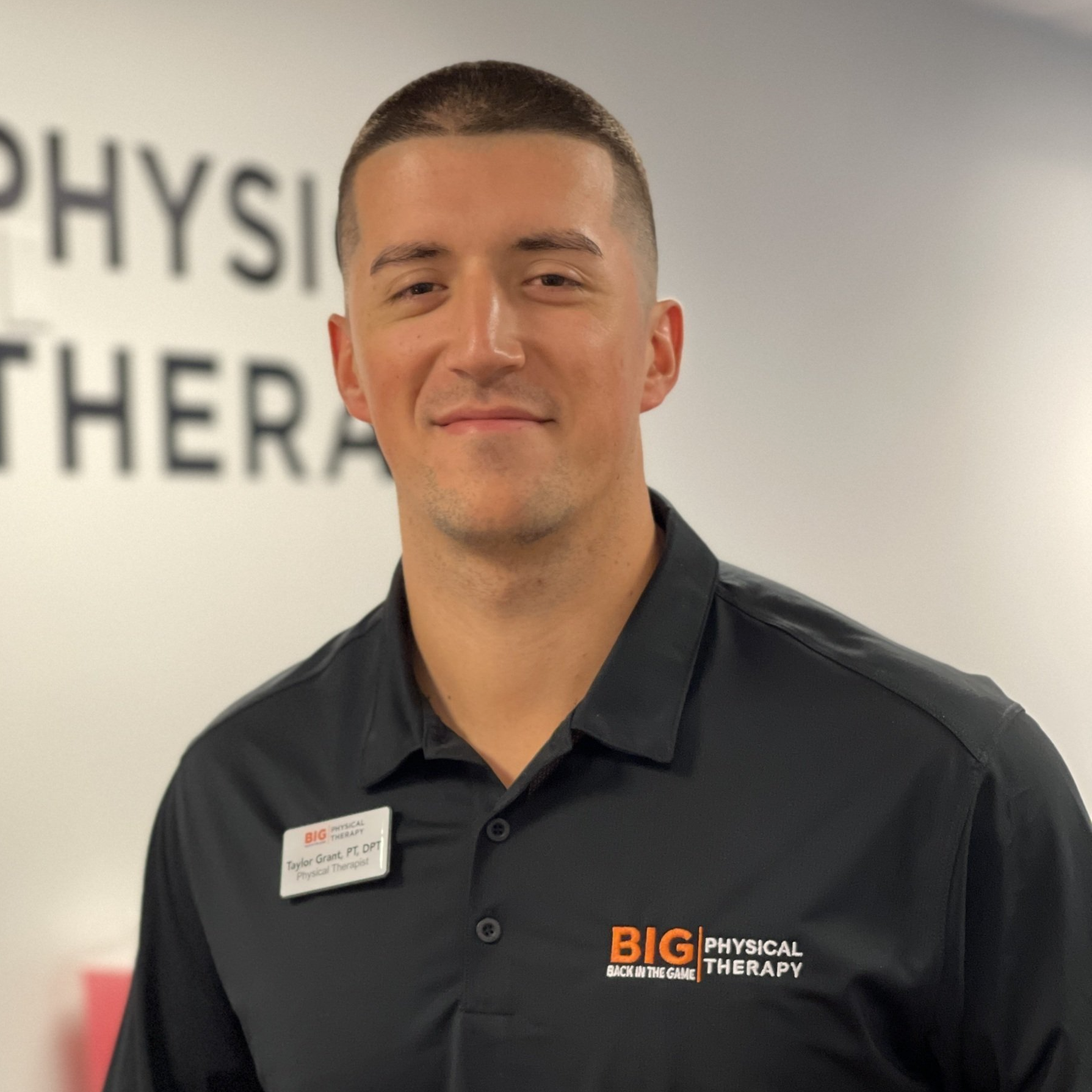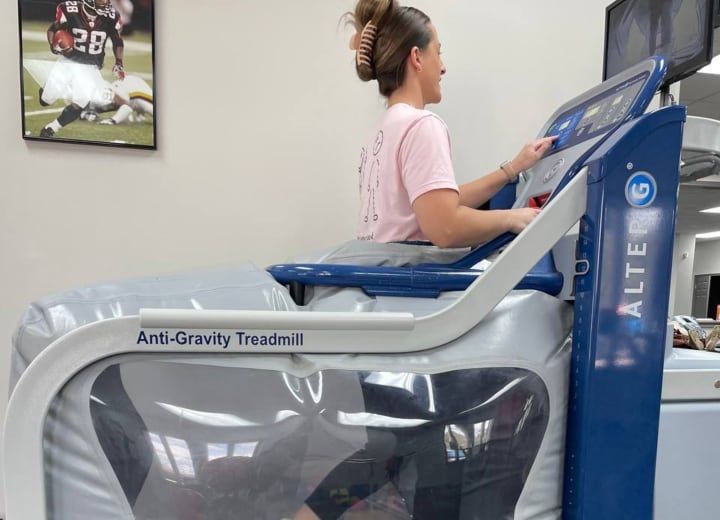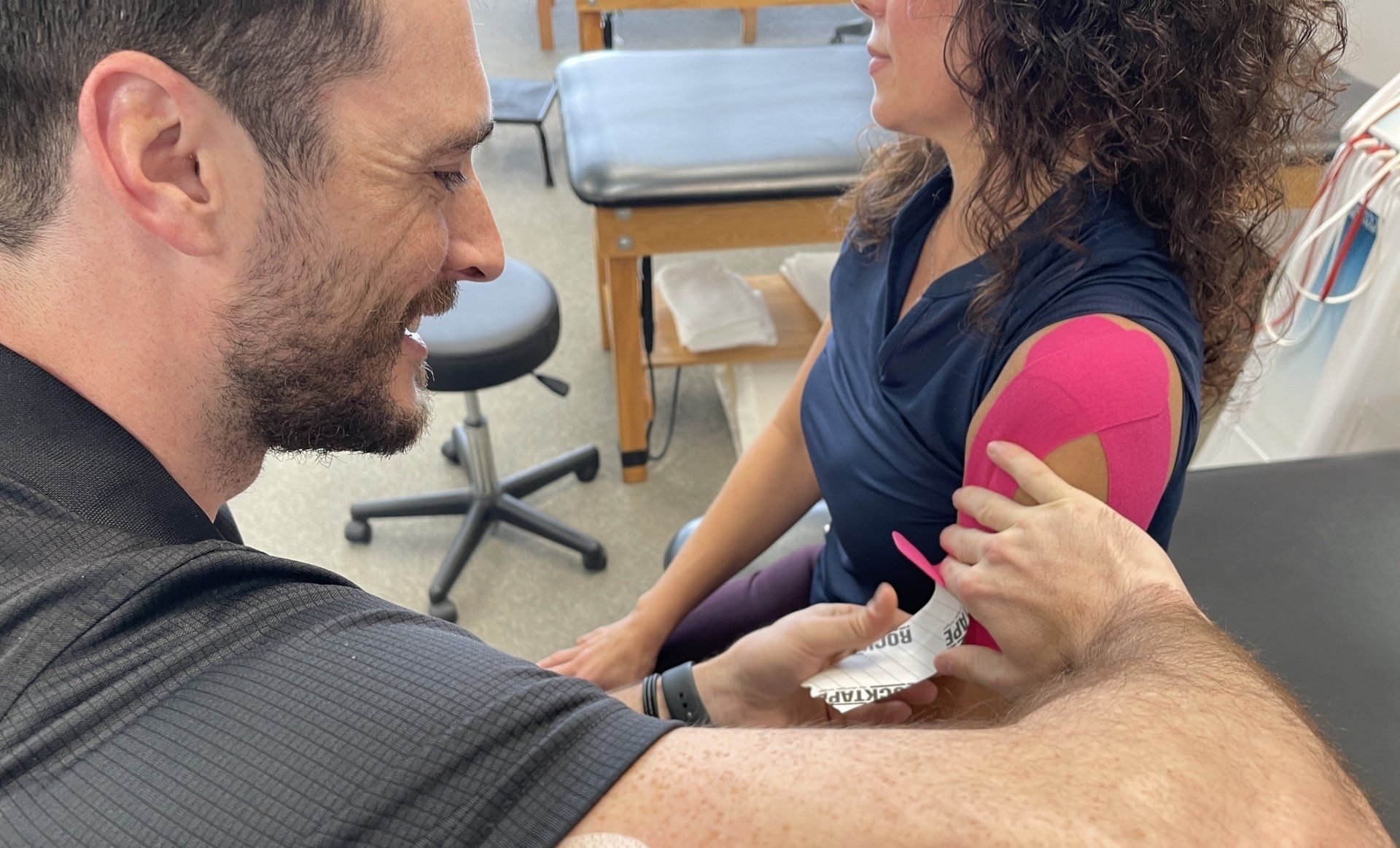Can Physical Therapy Help with TMJ and Jaw Pain?
If you have pain on one or both sides of your jaw, you could have Temporomandibular Joint Pain, also known as TMJ or TMD, Temporomandibular Joint Disorder. Fortunately, you have options that make it easier for you to reduce TMJ pain, making it easier for you to enjoy your meals, social interactions, and other situations that tend to set off your condition. One option that many patients find successful is physical therapy.
Often associated with other physical injuries or recovery from surgery, can physical therapy help with TMJ? Though it's not something that is often considered, physical therapy for TMJ can make a big difference in your overall pain level and functionality. By undertaking exercise and other activities to strengthen and heal the areas involved in and near the cause of TMJ, you can lower your pain level and get more joy out of life.
What is Temporomandibular Joint (TMJ/TMD) Pain?
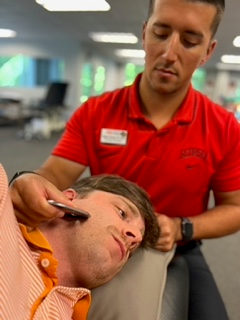
The temporomandibular joint is the joint that connects the jaw bone to the skull, making it possible for your jaw to move up and down, as well as side to side. Issues with the jaw itself as well as the muscles that control it are referred to as temporomandibular joint disorders. It can be caused by a number of possible sources, including extended dentistry procedures, arthritis, and injuries.
In many cases, TMJ pain is caused by muscle spasms in the jaw, the pain of bone rubbing on bone due to a displaced disc, arthritis inflammation, or trigger points, which are knots of muscle that create tender points within it due to calcification of the trigger point. A trained physical therapist should be able to find the source.
Symptoms of TMD
TMJ is most noted for its key symptom - pain in the jaw. However, there are other symptoms to consider as well. These include opening and closing the jaw, popping, clicking, or catching sounds coming from the jaw, and difficulty with opening and closing your jaw. Other symptoms can include the jaw suddenly shifting sideways at the end of a bite, problems with chewing or swallowing, and pain when chewing particular foods. These symptoms, if left untreated, can lead to many more issues, including neck pain, headaches, locked jaw, or additional jaw pain and fatigue. By treating these issues early on, you can prevent the problem from getting worse.
However, jaw pain can also be a sign of heart problems, including a heart attack. If you notice any of these signs combined with the ones below, seek medical attention immediately. These signs include chest pain, dizziness, shortness of breath, nausea, and left arm pain or numbness. If you notice these symptoms along with what may be TMJ pain, call 911 immediately, and do not attempt to drive yourself to the hospital, as doing so could cause a serious accident causing harm to other people.
What Causes TMD Pain?
There can be many causes of TMD pain, including trauma from a lengthy dental procedure, poor posture where your neck and head are bent forward, grinding teeth at night, a blow to the face or jaw, a car accident, muscle spasms around the joint(s), stress, or arthritis. Other issues can include abnormal teeth causing alignment issues, lockjaw, surgery, displacement of the TMJ disc, and similar issues. Though this can cause a lot of pain and suffering, the bright side is that it can all be treated to help reduce your pain through physical therapy for TMJ.
When you go in for physical therapy for TMJ pain, the physical therapist will look at your history, your posture, the condition of your muscles, any tension, wear on your teeth from clenching or grinding them, whether you have any active trigger points causing problems, if the disc in the joint is displaced, and similar areas of concern. From these details, they'll be able to put together an effective plan of action to get you feeling better, whether that is heat or cold packs, joint mobilization, muscle tension release, or other approaches to make you more comfortable while the problem is being dealt with.
Physical Therapy for TMJ/TMD Pain
There are a range of treatments that can be leveraged to lower your pain when using physical therapy for TMJ. These include education for posture issues that can exacerbate the problem, modalities such as heat, cold, ultrasound, light therapy, or electrical stimulation, soft tissue release to get the muscle tension to release, joint mobilization of the jaw and neck to release tension, trigger point dry needling to lower pain, therapeutic exercises that can be undertaken the break the cycle, and stress management to give you other ways of handling your stress instead of clenching your jaw.
However, like any type of physical therapy, you'll get out of it what you put into it. In some cases, we may need to keep a warm compress on your face or jaw prior to soft tissue work to prevent additional injury because of working on cold muscles. You may need to do additional exercises at home to build up the strength in your jaw. Trying different approaches to stress release can seem silly at first, but will keep you from grinding or clenching your teeth. Commit to what your physical therapist recommends, and you'll get great results from your physical therapy for TMJ.
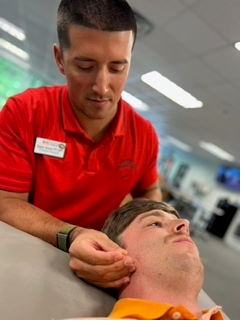
If you're wondering if physical therapy helps with TMJ, the answer is a resounding yes. By working with a physical therapist that has experience in head, neck, and jaw therapy, you'll be able to reduce your pain level and enjoy life a bit more again. If you're ready to start your healing journey, the professional therapists at BIG Physical Therapy are ready to help. Please feel free to contact us today with any questions, for more details, or to schedule a consultation with one of our professional physical therapists to start your physical therapy for TMJ.
About the Author
Taylor Grant PT, DPT
Physical Therapist
Specialties: Orthopedic Injuries, Sports Injuries
Certifications: Dry Needling, Champion Performance Specialist (C-PS)
Location(s): Flowery Branch, GA
Contact
Request an appointment
